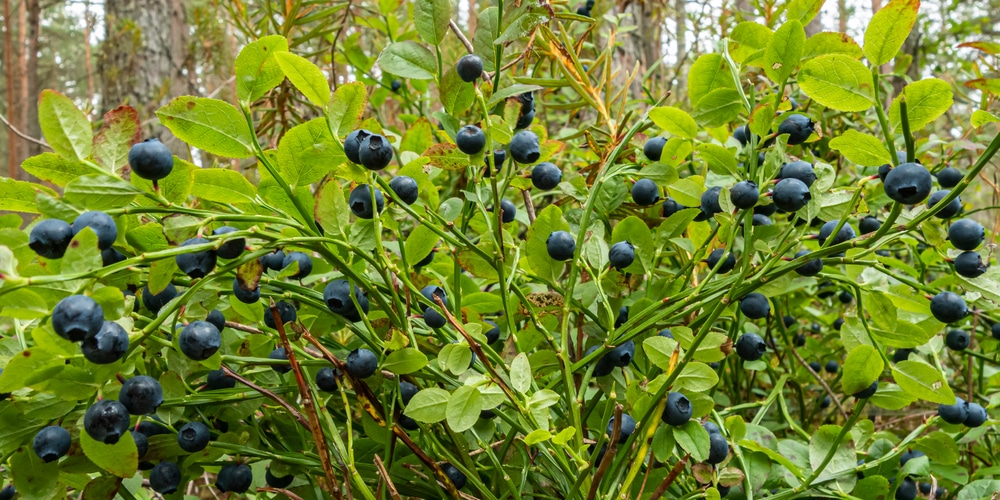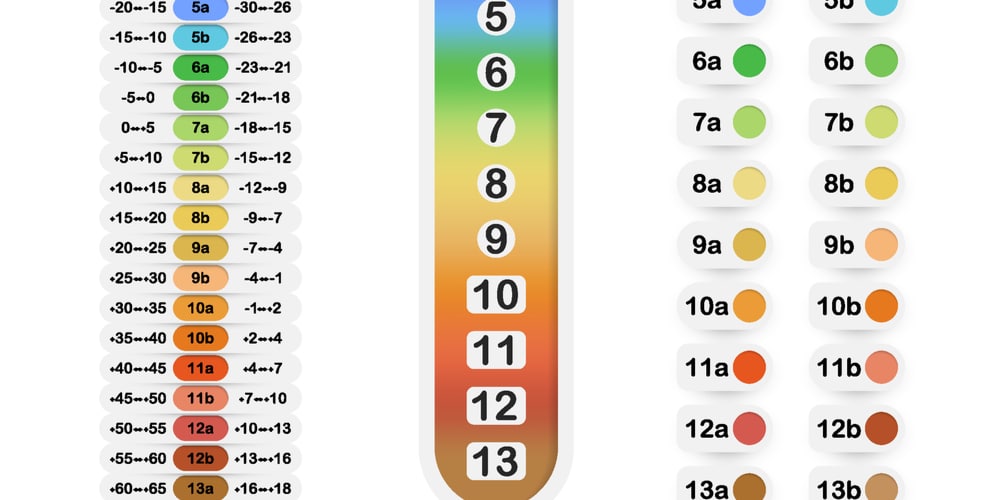Blueberries are tasty treats, and nothing sweeter and more delicious than picking them right in your garden.
If you’re interested in fresh blueberries then you may want to consider growing them. However, the question is, ‘when to plant blueberries in Florida?’ In USDA hardiness zones 8 and 11, the perfect time is from mid-December to mid-February, or during the spring and fall season.
You may also want to specifically pick the low-chill cultivars of Southern Highbush and Rabbiteye for the best results.
When Should I Plant Blueberries in Florida?
At first glance, planting blueberries in Florida may seem to be a difficult task. The state’s winter season is mild and quite short, and it’s not unusual to have warm days intersped here and there.
Most cultivars of the deciduous fruit variety require a chilling period in order to grow well, and blueberries are no exception. For the best results it’s recommended that you expose them to below 45 degrees F to get a bountiful harvest.
However, there are low-chill cultivars that have been developed to accommodate Florida’s mild winter temperatures, specifically those of the rabbiteye and southern highbush. If you do intend to proceed with planting, it’s best that you get these two.
You can start getting ready to plant blueberries come December, or in mid-February at the latest. Choose ones that are in containers, or those that have bare root characteristics for a higher chance of success.
Low-chill cultivars will more or less have the same requirements as the others. You will need a site that has well-draining soil and gets the maximum amount of sunlight each day. Experts recommend growing the bushes in raised beds or containers to prevent rotting and overwatering.
Also, the soil should be slightly acidic, with a pH of somewhere around 4.0 to 5.5. Furthermore, the hole should be big enough to accommodate twice the size of the plant’s root ball, and deep enough that the roots are settled in at a minimum of four inches. Give a space of 4 feet per plant and spread soil amendments at the top.
Florida Hardiness Zone and First and Last Frost Date
All in all, there are four USDA hardiness zones in Florida- 8, 9, 10 and 11.
Keep in mind that the state has characteristic warm nights, high humidity and long summers, all of which can affect plant survivability. That said, Florida has approximately 286 days in-between last and first frost which could happen from December 8 until February 25.
Frost is most likely to occur from January 11 up until January 31. On the other hand, it’s very unlikely for Florida to experience frost starting March 21 until November 3.
Home growers and gardeners can take full advantage of Florida’s short winter season to get their blueberries to bear more fruits. Since blueberries like a moist environment there should be more care involved during the hotter months. Aside from regular watering, you should also add organic matter and mulch to keep the ground from drying out completely.
The Best Blueberry Species to Grow in Florida
When growing blueberries in Florida, it’s best to choose a low-chill cultivar the University of Florida has developed. These plants are acclimated to the region and can withstand the short and milder winter seasons of the state without too much trouble.
The rabbiteye and southern highbush are widely considered to be the best blueberry species to grow in Florida. Both can thrive year-round as long as you put them in full sun and observe at least the minimum requirements.
In general, it’s easier to grow rabbiteye cultivars than southern highbush blueberries. You won’t have to worry as much about root rot and the plants can tolerate a drought period or two. They also tend to flower at a later time and are less susceptible to the cold. Some of the best species include Woodard, Tifblue, Powderblue, Brightwell, Climax, Bonita and Beckyblue.
If you choose highbush varieties, the best ones include Emerald, Jewel, Star, Windsor, Springhigh, Sweetcrisp and Farthing. Be prepared for a challenge though. However, the rewards are well worth it if you were able to grow a southern highbush successfully. Keep your southern highbush well-maintained so it can produce a lot of fruit come harvest time.
Related Article: Florida Native Blueberry Plants


